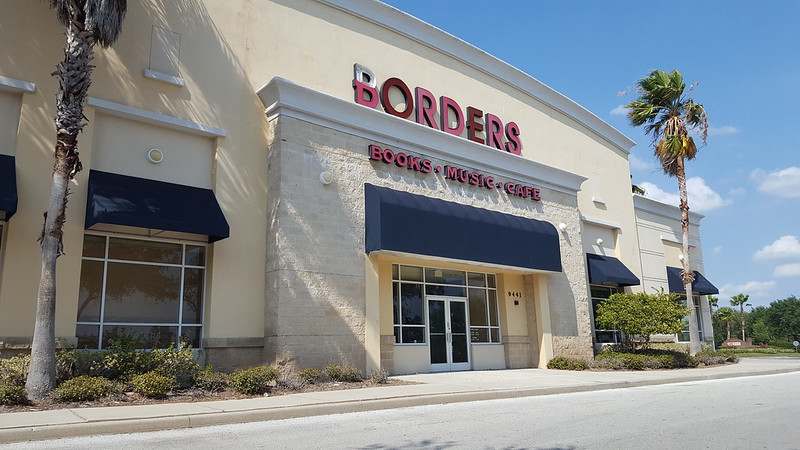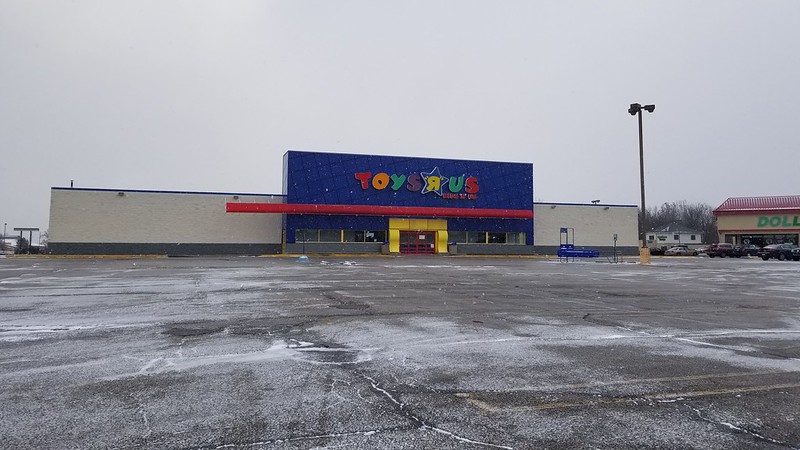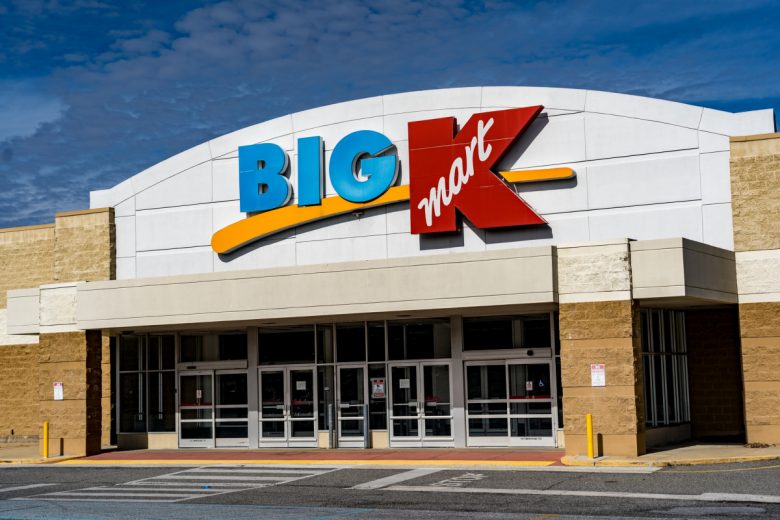We all know how important good management is for any business. For small businesses, poor management can quickly damage their outlook. But is the same true for much larger corporations? Absolutely.
Some businesses make it big enough to become household names. Yet something goes wrong. While these businesses have celebrated many milestones, they eventually fail due to one cause: poor management.
There are lessons to be learned from these business failures. Studying them can help ensure that your business doesn’t fail due to a completely avoidable cause. Here are 10 companies that have failed due to poor management.
WeWork
We’ll kick this list off with a company that, while still in business, is known as one of the biggest unicorn failures in recent history. This co-working startup had it all. An in-demand concept, major investors such as JP Morgan, Goldman Sachs, and Softbank and a charismatic CEO. None of that prevented the company from eventually losing unheard-of amounts of money.
WeWork is a co-working space provider that was once valued at $47 billion. But, it ultimately failed due to concerns over its business model and governance structure. One of the biggest issues was the company’s unsustainable growth strategy. Their strategy relied heavily on leasing long-term real estate contracts and then subleasing them to short-term tenants at a premium. This model was expensive and risky. For the model to work, it required a constant influx of new tenants to cover overhead costs.
Additionally, the company’s CEO, Adam Neumann, faced criticism for his extravagant lifestyle, questionable business practices, and lack of accountability. Eventually, the company was able to go public in 2021. At its peak, the stock was trading at nearly $14 a share. However, at the time of this writing the stock price is just under $.60 per share.
Blockbuster
Know the phrase “Be kind rewind?” If so, you might feel nostalgic or sad about the demise of the video rental chain Blockbuster. And you wouldn’t be the only one. The 2020 documentary The Last Blockbuster covers the rise and fall of this company.
Blockbuster was like a public library for movies. It offered an in-person experience of selecting the movie you wanted, checking it out for a small fee, and returning it by the deadline. For many people, going to Blockbuster was a weekly ritual.
That type of experience is outdated now due to movie streaming options. Amazon Prime, Hulu, HBO Max, Netflix, and more have created change. And, unfortunately, Blockbuster didn’t adapt their business to keep up with the competition and the different ways people began to watch movies.
Sears
Sears, Roebuck, and Company started out selling goods through mail-order catalogs in the late 1800s. And in those days, this was the way to sell to customers.
Sears used to be a popular department store, selling clothing, jewelry, and more. They were also known for their high-quality line of Craftsmen tools.
In the early 2000s, Sears made a decision that would seal its fate. They acquired Kmart, but Kmart had been struggling due to competition with Walmart. Ultimately, Sears aligned itself with a retailer who was also struggling to keep up with the times. Sears filed for bankruptcy in 2018.
And speaking of K-Mart…
K-Mart
The retailer was once one of the largest retail chains in the world. However, poor management decisions and still competition ultimately led to its downfall. One of the biggest mistakes was their failure to adapt to changing market trends. When consumer shopping habits and demands changed, retailers like Walmart and Target adapted quickly. K-Mart did not.
Instead of investing in modernizing their stores and enhancing the shopping experience, K-Mart cut costs. This led to stores becoming outdated, poorly stocked, and understaffed. They also had issues finding their target market. Walmart sought to be the low-cost giant but did not invest much in the shopper experience. Target, however, looked to offer competitive pricing but with premium shopping aesthetics. K-mart was stuck in the middle.
The poor management move that ultimately doomed the company was its acquisition of Sears Holdings. At its peak, the company had over 2,300 locations in the U.S. As of the time of this writing, there are currently only 3 locations still in operation.
Borders Group

In the early 70s, brothers Tom and Louis Borders opened a bookstore in Michigan. Eventually, Borders grew, and they started publishing books, too.
While some people today may prefer their books to be paperless – that is, an e-reader or e-book – this, of course, didn’t exist when Borders was popular. And this change in how people read is said to be one of the reasons that Borders got in trouble. Not being able to adapt to the changing preferences of their customers put a nail in the coffin of the business.
Another reason that Borders is said to have majorly struggled is its lack of investment in online sales. Competitors like Amazon and Barnes & Noble were offering customers a new way of purchasing music and books. These new methods – buying online – gave those competitors an edge that the Borders Group simply didn’t have.
In 2011, the company filed for Chapter 11 bankruptcy.
Lehman Brothers
The financial services company Lehman Brothers was established in 1847. People probably trusted this company as a safe bet if they wanted to invest. After all, this company had been around for a long time.
Unfortunately, not all was as it seemed with Lehman Brothers. The company was exposed when people began to realize that its subprime mortgage portfolio wasn’t worth as much as people thought it was worth. Banks stopped lending to Lehman Brothers. Clients left. With no other options, Lehman Brothers filed for bankruptcy in September 2008.
Enron
Many people in America didn’t know the name Enron until they heard it on the news. Then, they associated it with one thing: Fraud. Enron was an energy company created in the 80s. The company met its downfall when an elaborate accounting scandal was discovered.
If there’s any silver lining behind the collapse of Enron, it was the passage of the Sarbanes Oxley Act. This was a new law meant to hold CEOs accountable in the future.
Toys “R” Us

Founded in the 1950s, Toys “R” Us was once a prime destination for parents to shop for their kids. When it was originally founded, the store actually sold baby furniture.
Eventually, the focus of the company changed and started focusing on toy sales. And, this seemed to be working really well. The company grew, and stores carried the brands families demanded. Cabbage Patch Kids, GI Joe action figures, and products from the Star Wars franchise helped fuel the growth of this company.
In 2017, Toys “R” Us filed for Chapter 11 bankruptcy. There are many theories as to why the company wasn’t able to turn things around.
One theory relates to the seasonal nature of the toy business. The 2013 year was extremely challenging, and the toy business is highly seasonal. During that year, bad weather caused a dip in sales. So, they tried to compensate for it by keeping their Times Square store open 24 hours every day from December 1 through Christmas Eve.
However, this added a huge labor cost of hiring seasonal workers. The bad luck of bad weather could have created a domino effect financially that was hard to overcome.
Other more general theories include the changing nature of what kids wanted and how their parents were shopping for it. Toys and entertainment were becoming more electronic. Retailers had to be smart about getting a kid’s attention. And, competition from retailers like Target and Walmart wasn’t helping either.
FTX
The cryptocurrency exchange launched in 2019 and quickly gained popularity due to its innovative trading features and competitive fees. However, this got ugly fast as the company tanked due to poor, dishonest, and just plain odd, management decisions. One of the main issues was a lack of transparency, with the company’s CEO and co-founder facing criticism for not being forthcoming about the company’s financials and ownership structure.
The mismanagement of the money was ramped. There are even reports that million-dollar expense requests were approved using emojis. There have also been concerns about potential conflicts of interest and insider trading. Additionally, FTX faced operational issues such as frequent outages, slow customer support, and a lack of regulatory compliance.
Woolworths
Woolworths was a British retail chain that was popular throughout the 20th century. but ultimately failed to adapt to changing market trends and consumer preferences. One of the biggest issues was a lack of investment in e-commerce and digital marketing. As the world began to look online to purchase everything from clothing to everyday items, the retail chain held on to its brick-mortar-retail model. This led to declining sales and foot traffic in stores.
Additionally, the company faced internal management issues such as poor inventory management, low employee morale, and a lack of strategic direction. On July 17, 1997, Woolworths closed its remaining department stores in the U.S.
Conclusion
Having competent management is essential to running a successful business. Adapting to changes in customer behavior and preferences is important. Poor management can run a successful business into the ground. Unethical management can ruin the reputation of your business.
Also read:
10 Companies that Failed to Innovate and Paid Dearly for It














Pingback: 8 Corporations That Did not Develop Internationally - The Owl Report
Pingback: 8 Companies That Failed to Expand Internationally - junaidarif.live
Pingback: 7 Companies that Successfully Changed Business Models - StartUp Mindset
Pingback: 10 Companies that Failed Due to Poor Management Krownjobs.com - krownjobs
Pingback: 10 Companies that Failed Due to Poor Management – Austin Rotter
Pingback: 10 Companies that Failed Due to Poor Management – Joseph Odierno Buffalo
Pingback: 10 Companies that Failed Due to Poor Management – Andrea Zanon